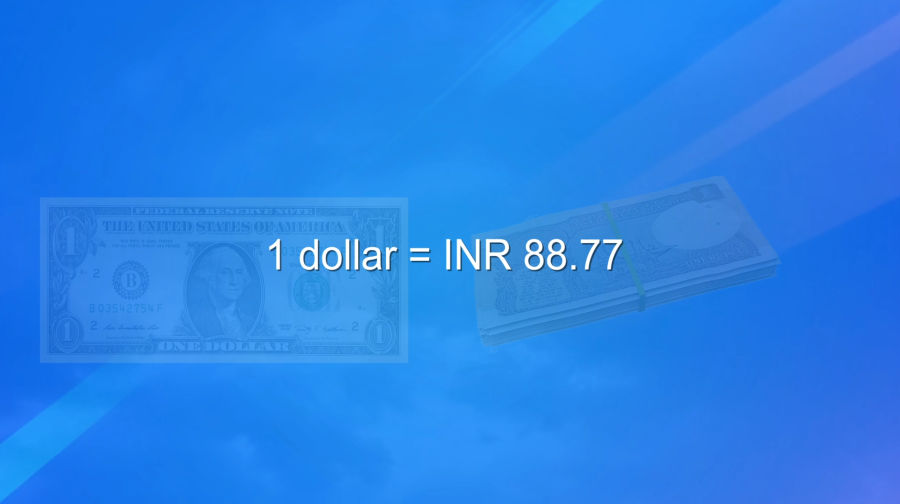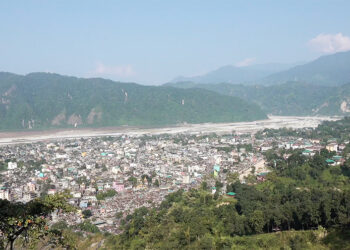 The Indian rupee continues to fall against the US Dollar, weakened by a strong dollar and uncertainties over the India–US trade deal. The Indian rupee depreciated from 85.8 in January this year to 88.75 today. Since the ngultrum is pegged to the rupee, it also loses value against the dollar. Economists warn that this depreciation could increase the country’s external debt and raise the cost of essential imports.
The Indian rupee continues to fall against the US Dollar, weakened by a strong dollar and uncertainties over the India–US trade deal. The Indian rupee depreciated from 85.8 in January this year to 88.75 today. Since the ngultrum is pegged to the rupee, it also loses value against the dollar. Economists warn that this depreciation could increase the country’s external debt and raise the cost of essential imports.
Economists pointed out that Bhutan’s external debt, much of which is denominated in US dollars, will come under strain if the rupee continues to depreciate. They say the debt stock will rise, increasing repayment obligations.
As of June this year, the country’s convertible currency debt stood at nearly USD 1.12bn.
Economists say one ngultrum depreciation or a fall from 85.8 to 86.8 against the US dollar would increase the country’s debt by more than Nu 1.12bn. This means Bhutan would need to spend more ngultrum to repay the same amount of dollar debt.
Moreover, inflation in Bhutan could rise if the US dollar continues to strengthen against the rupee. More than 80 per cent of Bhutan’s trade is with India, and most transactions are done in rupees.
Economists warn that this could push prices higher and increase the cost of living, particularly in urban areas that rely entirely on store-bought goods.
Items such as fuel, machinery, medicines, and certain food products could become more expensive. Since India imports these goods using US dollars, rising costs would also affect Bhutan indirectly.
As per RMA’s Monthly Statistical Bulletin, the country’s Foreign Exchange Reserve stood at USD 816.8 M as of May this year, which includes convertible currency, INR and monetary gold.
Weaker Ngultrum could make Bhutan more affordable for dollar-paying tourists and slightly increase remittance earnings.
To mitigate the negative effects, the economists suggested building foreign reserves, promoting import substitution, and encouraging domestic production. Experts say the only way to make the economy resilient is by achieving self-sufficiency.
Kinley Bidha
Edited by Sangay Chezom








